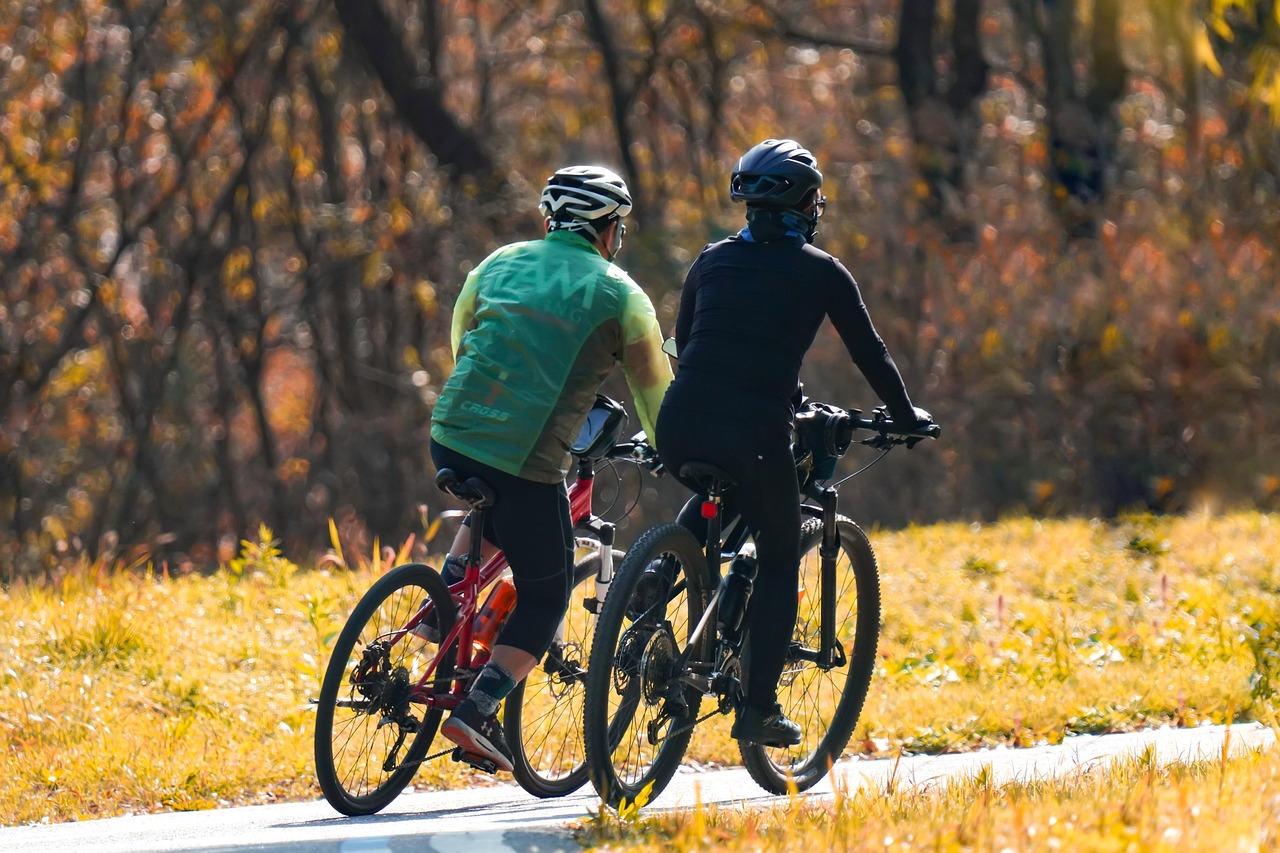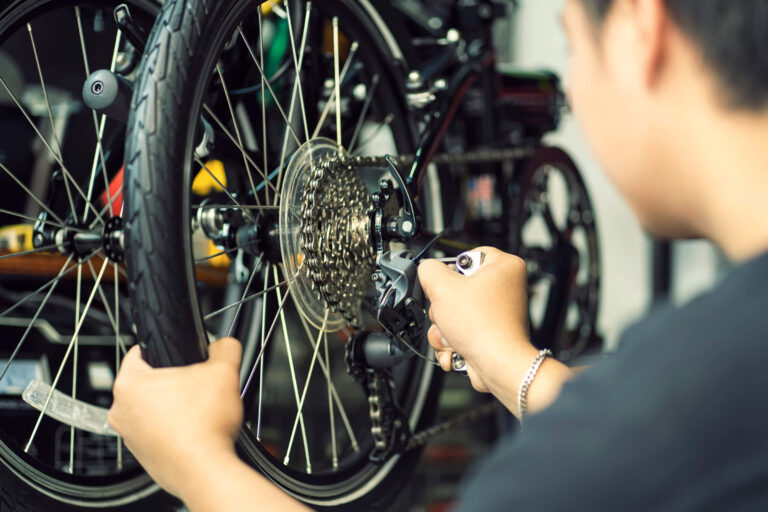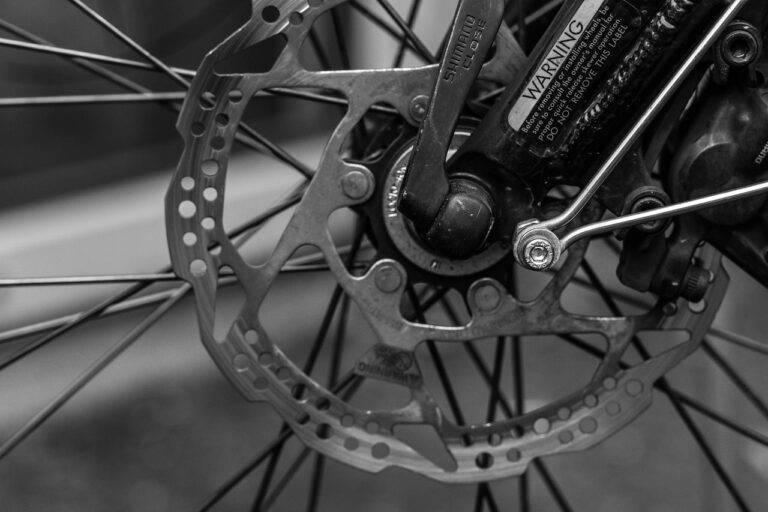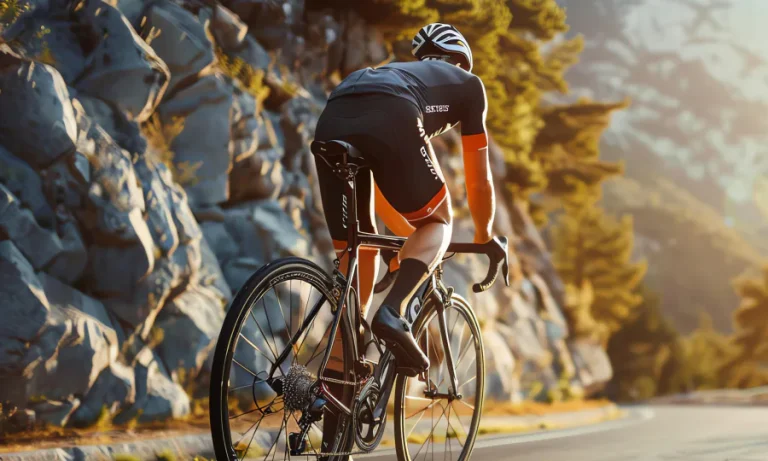
Essential Bike Safety Tips for Beginners
Cycling is fun, healthy, and eco-friendly. But for beginners, it can also feel intimidating. From navigating traffic to handling the bike correctly, safety should always come first. The good news is that most accidents can be prevented with the right knowledge and preparation.
In this guide, we’ll explore the most essential bike safety tips for beginners, covering everything from choosing the right gear to safe riding practices. Whether you ride to work, exercise, or adventure, these tips will help you stay safe on every journey.
1. Always Wear a Helmet
A helmet is the single most important safety accessory. Research shows helmets can reduce the risk of head injury by up to 70%.
When buying a helmet, check for:
- Certification: CPSC, EN1078, or similar safety standards.
- Proper fit: Snug but not too tight.
- Straps and adjustments: Easy to secure under the chin.
- Ventilation: Keeps your head cool during longer rides.
💡 Pro Tip: Replace your helmet every 3–5 years, or immediately after a crash.
2. Check Your Bike Before Every Ride
Never assume your bike is ready to go. A quick pre-ride check can prevent accidents. Cyclists often use the “ABC” method:
- A – Air: Check tire pressure and look for punctures.
- B – Brakes: Test front and rear brakes to ensure they work.
- C – Chain: Make sure it’s clean, lubricated, and not loose.
This 1-minute check can save you from breakdowns in the middle of the road.
3. Wear Visible and Protective Clothing
Wearing the right gear isn’t just about comfort — it’s about being seen and protected.
- Use bright or reflective clothing during the day.
- At night, wear a reflective vest or bands.
- Choose clothing that fits snugly so it doesn’t get caught in the chain.
- Gloves and padded shorts can make rides safer and more comfortable.
4. Learn Proper Hand Signals
Communication is key to riding safely, especially around cars and pedestrians. Hand signals let others know your next move:
- Left turn: Left arm straight out.
- Right turn: Right arm straight out (or left arm bent upward).
- Stop/slow down: Left arm bent downward.
Using these signals consistently helps prevent collisions.
5. Obey Traffic Rules
Your bike is considered a vehicle on the road, which means traffic laws apply to you too. Beginners often overlook this.
Key rules to remember:
- Ride in the same direction as traffic, not against it.
- Stop at red lights and stop signs.
- Yield to pedestrians at crosswalks.
- Use designated bike lanes whenever available.
Riding responsibly earns respect from drivers and keeps you safe.
6. Ride Defensively
Even if you follow all the rules, not every driver pays attention to cyclists. That’s why you must ride defensively.
- Always assume drivers may not see you.
- Avoid blind spots of cars, buses, and trucks.
- Keep a safe distance from parked cars (to avoid being hit by opening doors).
- Make eye contact with drivers when crossing intersections.
Defensive riding doesn’t mean being scared — it means staying alert and prepared for the unexpected.
7. Use Lights and Reflectors
Visibility is one of the most important factors in cycling safety. Studies show most bike accidents at night happen because the rider wasn’t visible.
Must-have items:
- Front white light – required by law in many countries.
- Rear red light – flashing mode increases visibility.
- Wheel and pedal reflectors – improve side visibility.
- Reflective tape – cheap but effective add-on.
💡 Tip: Even during the day, using bike lights can reduce accidents by making you stand out.
8. Control Your Speed
For beginners, it’s tempting to go fast. But controlling your speed is essential for safe riding.
- Slow down at intersections and crowded areas.
- Learn how your brakes respond — practice quick but safe stops.
- Avoid high-speed riding in wet or downhill conditions until you gain confidence.
Remember: arriving a few minutes later is better than risking an accident.
9. Stay Off Headphones and Distractions
Music might make your ride enjoyable, but wearing headphones or looking at your phone while cycling is dangerous. It reduces your awareness and delays your reaction time.
Instead:
- Use a phone mount if you need navigation.
- If you must listen to audio, use a small handlebar speaker or bone-conduction headphones so you can still hear traffic.
Staying fully aware of your surroundings can save your life.
10. Learn Basic Bike Handling Skills
Finally, every beginner should practice basic bike control skills. These make you more confident and reduce the chance of accidents.
Skills to practice:
- Emergency braking without losing balance.
- Turning sharply while maintaining control.
- Riding with one hand (to signal safely).
- Looking over your shoulder without swerving.
The more comfortable you are with your bike, the safer your rides will be.
Conclusion
Cycling is one of the most rewarding activities you can enjoy, but safety should always be your top priority. By following these 10 essential bike safety tips for beginners — from wearing a helmet to riding defensively and practicing bike handling skills — you can greatly reduce risks and ride with confidence.
Remember, safety isn’t about limiting your fun. It’s about ensuring you can keep riding tomorrow, next week, and for years to come.
So gear up, stay alert, and enjoy the ride!


